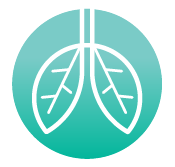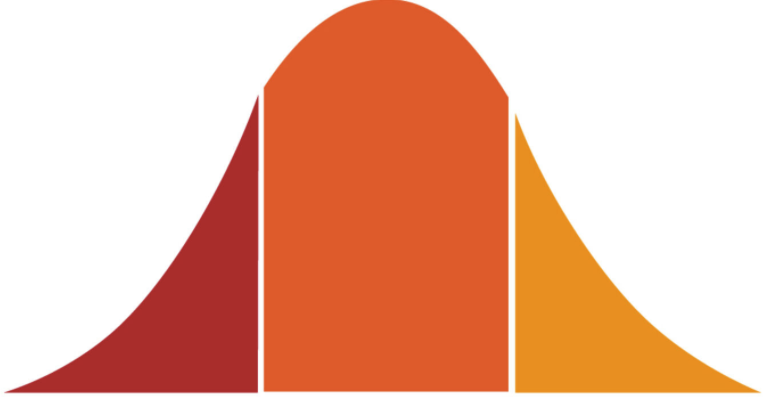|
cmdkp.org | Spring 2021
|
 |
 |
Contents
|
 User interface improvements help personalize your Knowledge Portal experienceWe’ve made two improvements to the Region page of the CMDKP that help you to focus on associations for particular phenotypes and epigenomic data types and tissues of interest. Formerly, the page displayed results for only one phenotype at a time, but now you can add multiple phenotypes to the table of variant associations and stack up LocusZoom plots for those phenotypes across a region. We’ve also reorganized the menus for adding epigenomic annotations to the Genomic Region Miner (GEM) visualization, so that you can select them by major tissue or by data type rather than scrolling through a long list of very specific annotations. |
LD clumping puts the spotlight on potential causal variantsOften, one variant in a genetically associated locus is causal for a phenotype, while many nearby variants display significant genetic associations only because they are genetically linked to the causal variant. We've now implemented clumping by linkage disequilibrium (LD) to show you the lead variant in each group of genetically linked variants (a "clump”). This makes a big difference on the Region and Phenotype pages, where it’s now much easier to get an idea of how many loci, rather than how many variants, are associated with a phenotype. Of course, we still provide the ability to view associations for all variants via multiple interfaces. |
 Lunaris delivers custom downloadsDoes wishing for the ability to bulk download results sometimes feel like asking for the moon? With our new Lunaris service, it’s no longer an impossible dream: Lunaris gives you programmatic access to all the genetic and genomic data in the Knowledge Portals. See our Lunaris documentation page for details. |
 New experimental tools in KP LabsWe’ve recently added four new preliminary tools and visualizations to our Knowledge Portal Labs space:
|
 Lung Disease Knowledge Portal launchedWe've officially launched the Lung Disease Knowledge Portal (LDKP; lungdiseasegenetics.org). Created in collaboration with Drs. Michael Cho and Benjamin Raby, the initial release of the LDKP includes genetic association results for lung function, COPD, idiopathic pulmonary fibrosis, and Covid-19. Visitors familiar with the other Knowledge Portals will find that the LDKP is intuitive to navigate, since it is built on the same HuGeAMP framework. Going forward, we will partner with the lung disease research community to add more genetic association and epigenomic datasets for relevant phenotypes and tissues. |
 Polygenic risk score files availableDid you know that the CMDKP and the Cardiovascular Disease Knowledge Portal (CVDKP) offer a whole range of polygenic risk score (PRS) files for download? PRS files are available for a range of phenotypes, including cardiovascular disease, T2D, obesity, and more. The most recent additions are a PRS for cardiovascular disease validated in South Asian populations and a PRS for circulating lipoprotein(a) concentrations. These files are available on the Downloads page of the CMDKP and the Downloads page of the CVDKP. |
New informational resourcesWe have several new videos to keep you up to date on various aspects of the CMDKP and HuGeAMP projects:
|
Upcoming webinars and conferencesWebinars (all at noon, US Eastern time; topics and connection info will be on our home page):
|
Stay in touch!Contact us with questions or suggestions; follow us on Twitter; join our LinkedIn group; or watch our videos on our HuGeAMP Knowledge Portals YouTube channel. |
Spring 2021 CMDKP newsletter
t2d, a2f, md, t1d, msk, lung, cd, cvd, sleep
